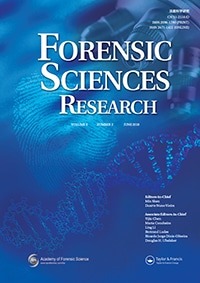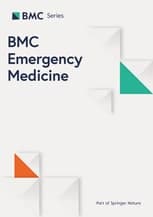The Role of the Qods Force in the Foreign Policy of the Islamic Republic of Iran
The establishment of the Islamic Republic of Iran (IRI) in 1979 had a great impact on the question of security in both the region and outside of the Middle East. The foreign policy of the new republic would show hostility and aggression as terrorism became its modus operandi. In order to safeguard the newly established…



![”Sweden needs a State Criminologist” [Swedish]](https://ardavan.se/wp-content/uploads/2018/11/svd-logo.jpg)
![“Operation Rimfrost, just like any other police work, is based on science” [Swedish]](https://ardavan.se/wp-content/uploads/2018/08/Sydsvenskan_logo-500x500-1.png)


![Foreign powers want to learn more about Swedish crisis management [Swedish]](https://ardavan.se/wp-content/uploads/2020/04/altinget-logo.png)
![Corona is a Threat to Sweden´s National Security [Swedish]](https://ardavan.se/wp-content/uploads/2018/08/logo-og.png)
